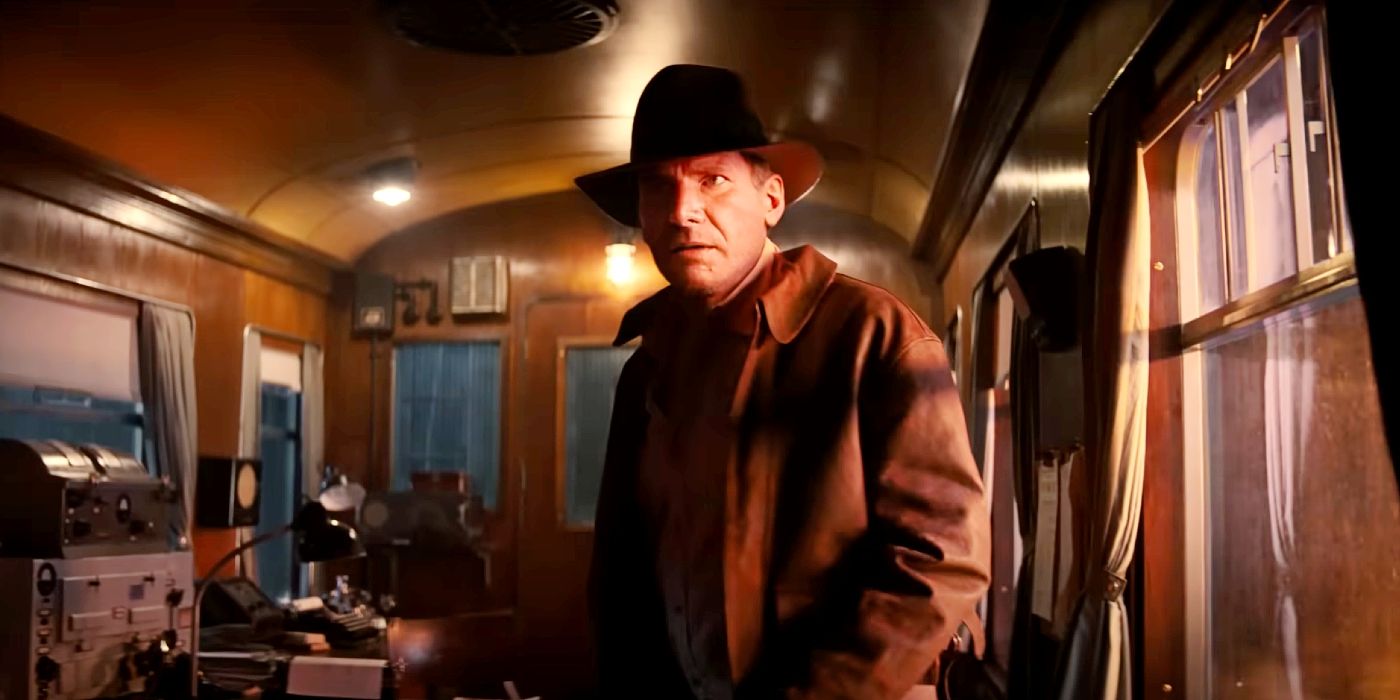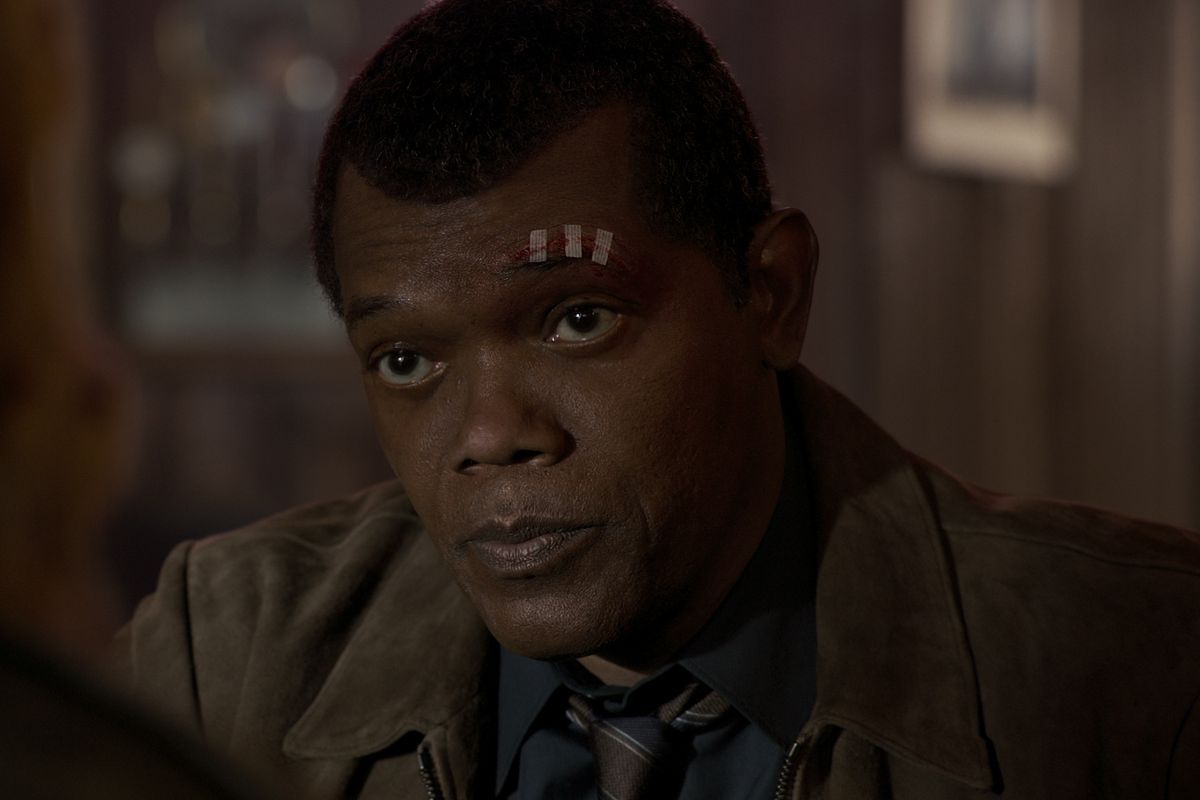VFX executive, Matt Panousis, explains that de-aging in films is far more prevalent than audiences may think, with the majority of productions utilizing the technique for cosmetic purposes. De-aging is still a relatively new phenomenon with the 2006 film X-Men: The Last Stand being the very first to utilize the technique. In the film, Patrick Stewart and Ian McKellan were de-aged for a flashback of their characters, Professor X and Magneto, respectively. Since then, more films have started using the de-aging technique to de-age characters by as much as 20 years. The process varies from film to film but often utilizes CGI, digital editing, or even a combination of stand-in actors and CGI. However, the process can also be used for purposes another than significant de-aging.
While appearing on The Town with Matthew Belloni, Panousis described just how prevalent de-aging has actually become on movie sets. Belloni acknowledged that the de-aging that gets the most attention are those where actors are de-aged by a very noticeable 15-20 years. In cases like X-Men: The Last Stand or the newest Indiana Jones film, the de-aging is noticeable because the film is specifically trying to make the actor appear significantly younger to audiences. However, sometimes a character looking younger isn't a part of the plot, so subtle de-aging isn't noticed. Panousis estimated that 80%-85% of film productions might be using the technique in this subtle manner. Check out his and Belloni's statements below:
Matt Belloni: Let’s talk a little bit about the de-aging, because for the average consumer, you’re looking at… there’s two kinds of things here. One is for the character, something like Indiana Jones in the next movie, there are sequences when Harrison Ford is younger, and they de-aged him using technology like this. That, I think people get, you can de-age people now. What people don’t realize, I think, is that your garden variety movie star, who is maybe 60 or 65 years old now, maybe there’s some work done on that person in the movie you’re watching, and you don’t even know it because the character is not supposed to be younger, but the person’s face has been worked on. Tell me how prevalent that is.
Matt Panousis: Very, very, very prevalent. […] We call that cosmetic… digital makeup, cosmetic. So when we talk about de-aging, aging, we’re typically talking about moving someone 15-20 years on either side of the spectrum, and typically that’s done for plotline, right? Flashback episode, is an example. But the bulk of the work is cosmetic. And the cosmetic stuff, we believe it’s probably somewhere along the lines of 80-85% of all productions out there in Hollywood right now.
Disney-Owned Movies & Shows Have Been Pushing De-Aging Forward
While de-aging is becoming a lot more common than viewers even realize, Disney is one of the most prominent studios to use the technique perceptibly. In addition to being the studio that first introduced the technique, de-aging has continued to become a common occurrence in Marvel and Star Wars and will also be used in the upcoming Indiana Jones and the Dial of Destiny. While some of Disney's de-aging forays have received mixed results, such as Luke Skywalker (Mark Hamill) in The Mandalorian, they are making progress, as Harrison Ford's de-aging as Indiana Jones looked impressively believable.
Disney commonly uses de-aging in their biggest film franchises, but they don't always use the same method. In cases like Ford in Indiana Jones and the Dial of Destiny, Disney creates the de-aging largely through the use of CGI and visual effects. However, in the case of Skywalker in The Mandalorian, Disney opted to use deepfake technology instead of CGI. How it worked, was both Hamill and a lookalike younger actor acted out the same scenes. Deepfake technology was then used to combine the two into a de-aged Skywalker. Meanwhile, instead of using Hamill's voice, they wholly synthesized his voice using an application called a Respeecher.
Some of Disney's de-aging techniques have been more well-received than others. For example, not everyone knew quite what to think about the de-aging of Skywalker. However, Disney has been open to improving its methods. When a YouTuber, Shamook, recreated Disney's deepfake Skywalker and improved upon it quite noticeably, Lucasfilm ended up hiring Shamook to work in its visual effects division. It's a bit too early to tell how Indiana Jones and the Dial of Destiny's de-aging will turn out, but the promotional materials seem to show an improvement in the technique. De-aging is a game-changer in the film industry and VFX artists are still seeing a rise in its use and purposes.
Source: The Town with Matthew Belloni


